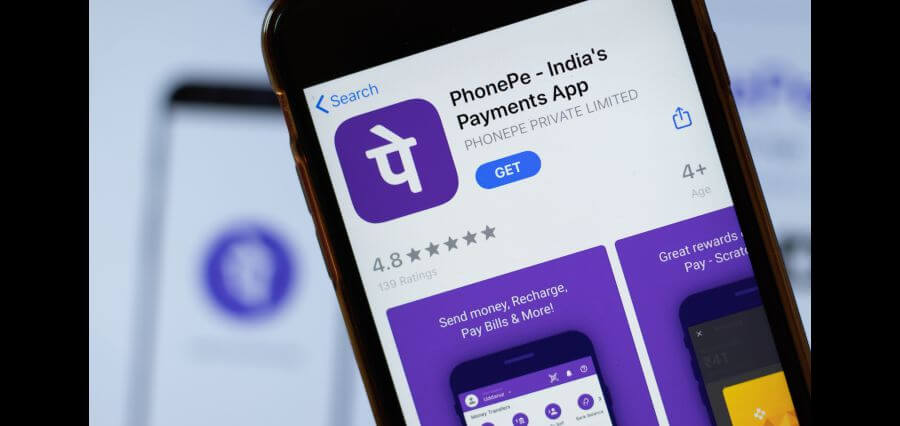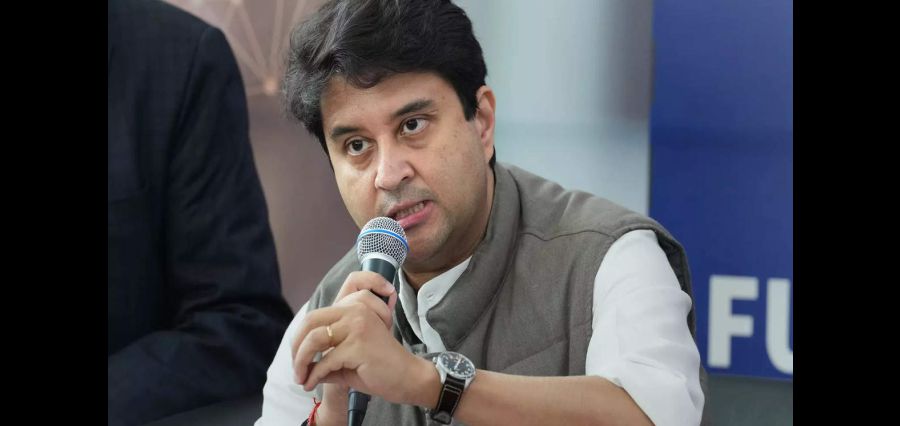India’s hosting of the Cricket World Cup is not just a sporting spectacle but a catalyst for economic growth. The championship, spanning 10 cities and 48 matches, is set to elevate consumer spending across various sectors, providing a potential economic boost in the December quarter.
Travel Boom: Flight searches to India surged by 110-130%, with 787 flights scheduled to Ahmedabad, the final match venue. International flights also saw a 15% increase, with enthusiasts from Australia, the U.K., New Zealand, Sri Lanka, and the Netherlands. The anticipated clash between India and Pakistan attracted a record 35 million viewers.
Hospitality Surge: Hotel rates in host cities surged by 125-300% YoY in October-November. Pune witnessed a whopping 360% increase, while Ahmedabad experienced a 310% rise. Hotel prices during key matches reached unprecedented levels, reflecting the intense demand.
Food and Beverage Boom: Food delivery services, restaurants, and local stores are expected to thrive during the World Cup. Increased transacting users and transaction frequency were noted for food delivery firm Zomato. The ban on alcohol in stadiums is expected to boost sales at homes and restaurants screening the matches.
Media and Advertising Bonanza: Disney+ Hotstar, the digital broadcaster of all 48 matches, is projected to amass $300 million in sponsorship and advertising revenues. The ICC is expected to generate close to half a billion dollars, with a significant portion going to the Board of Control for Cricket in India (BCCI).
However, concerns have been raised about the management of ticket sales, with reports of delays, website glitches, and empty stands at supposedly sold-out matches. Efficient handling of ticket sales is crucial for maximizing the economic impact, as the multiplier effect of the tournament could be dampened if attendance issues persist.
Despite these challenges, the World Cup is poised to leave a lasting imprint on India’s economy, showcasing the profound impact sports events can have on various sectors, from travel and hospitality to food and beverage and media and advertising. As the tournament progresses, it remains to be seen how effectively organizers can navigate challenges to ensure a robust economic outcome.
Read More: https://cioworldindia.com/





